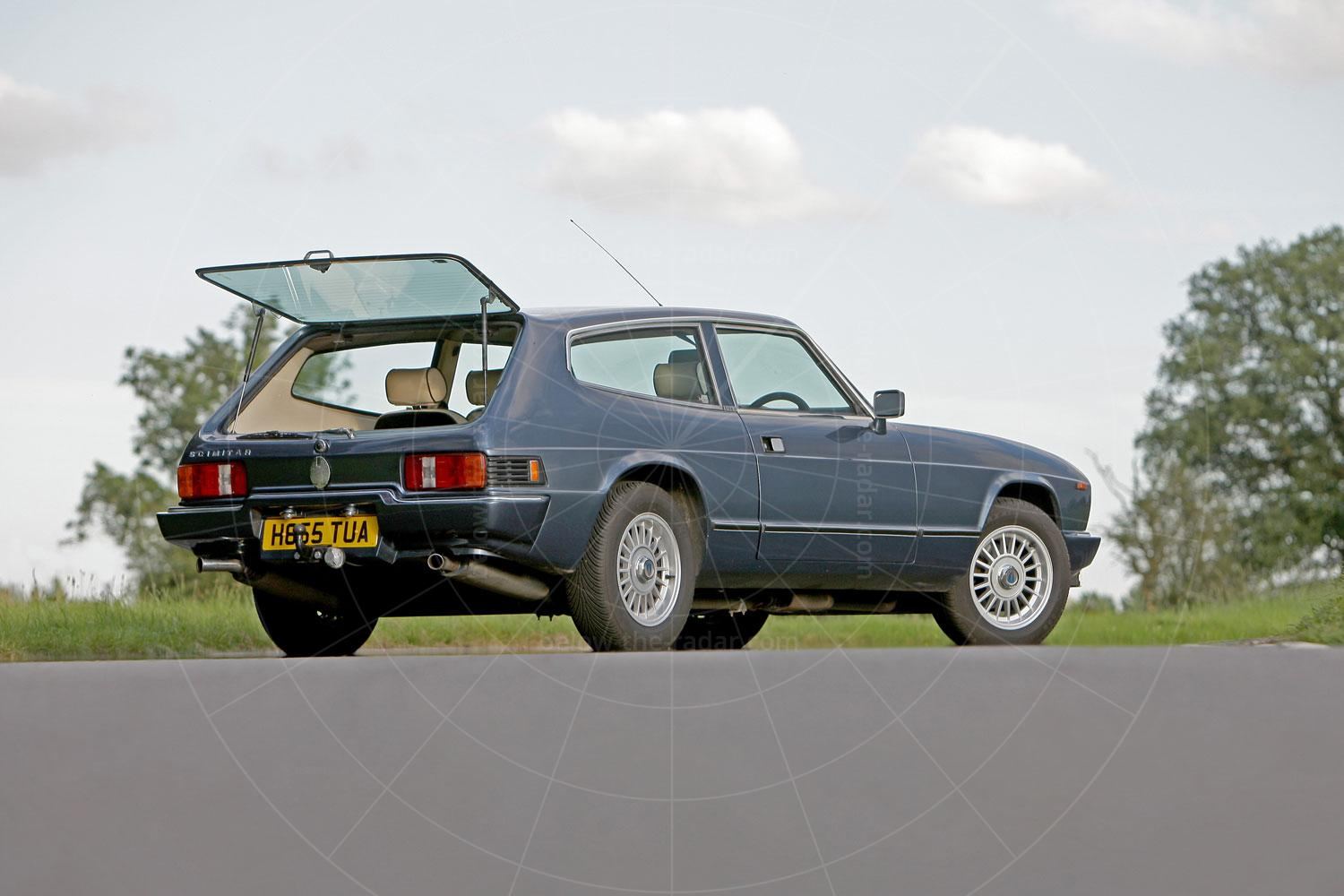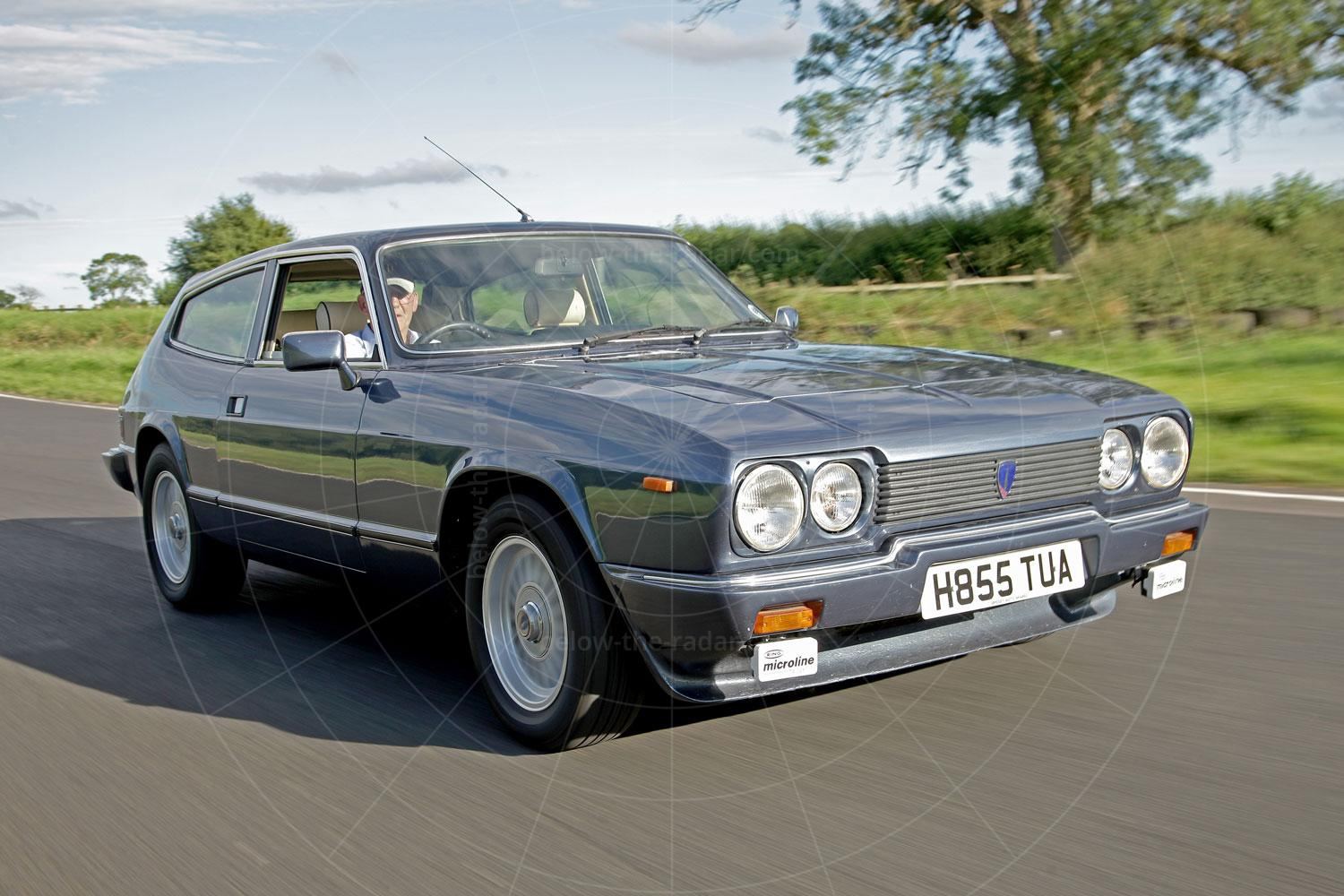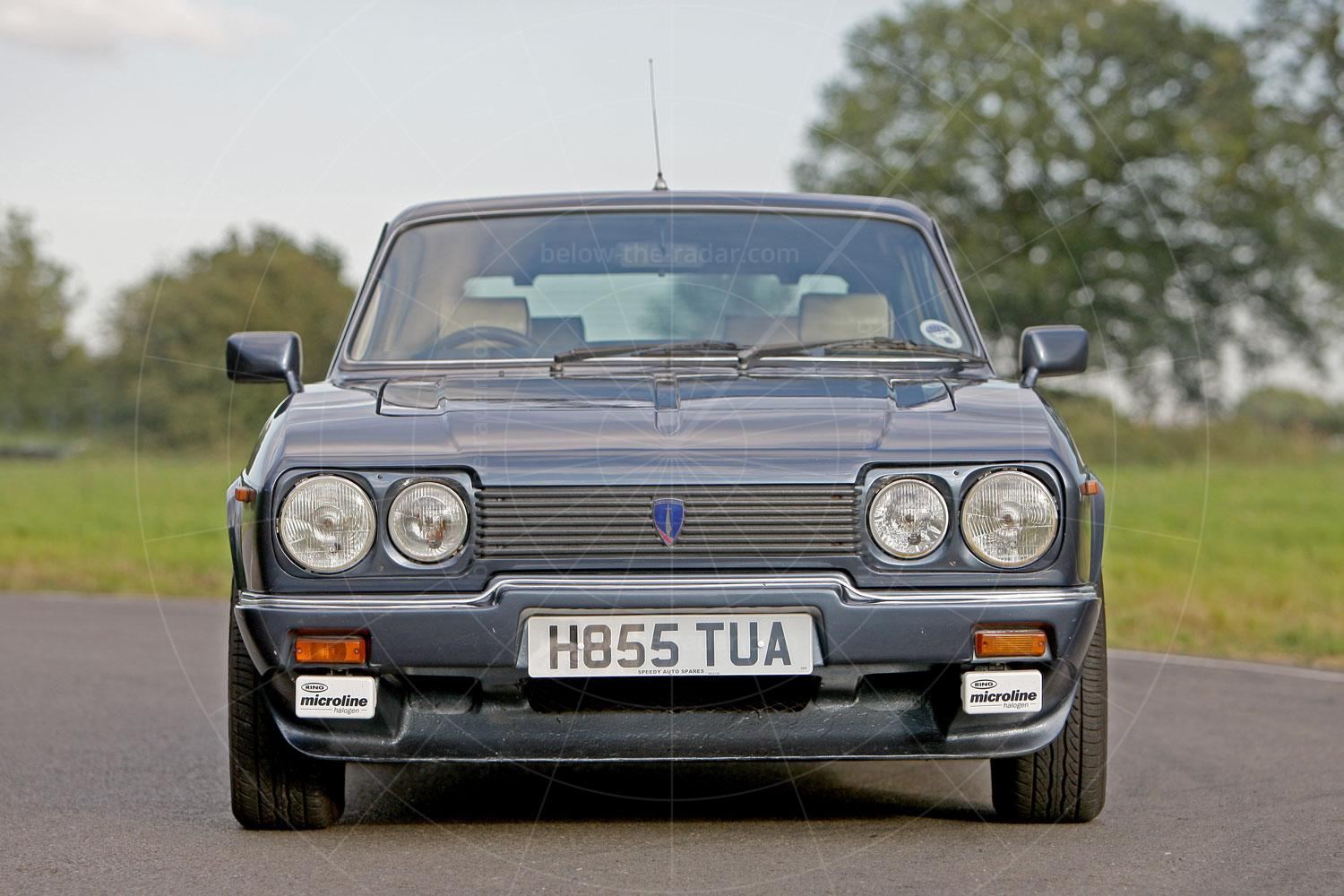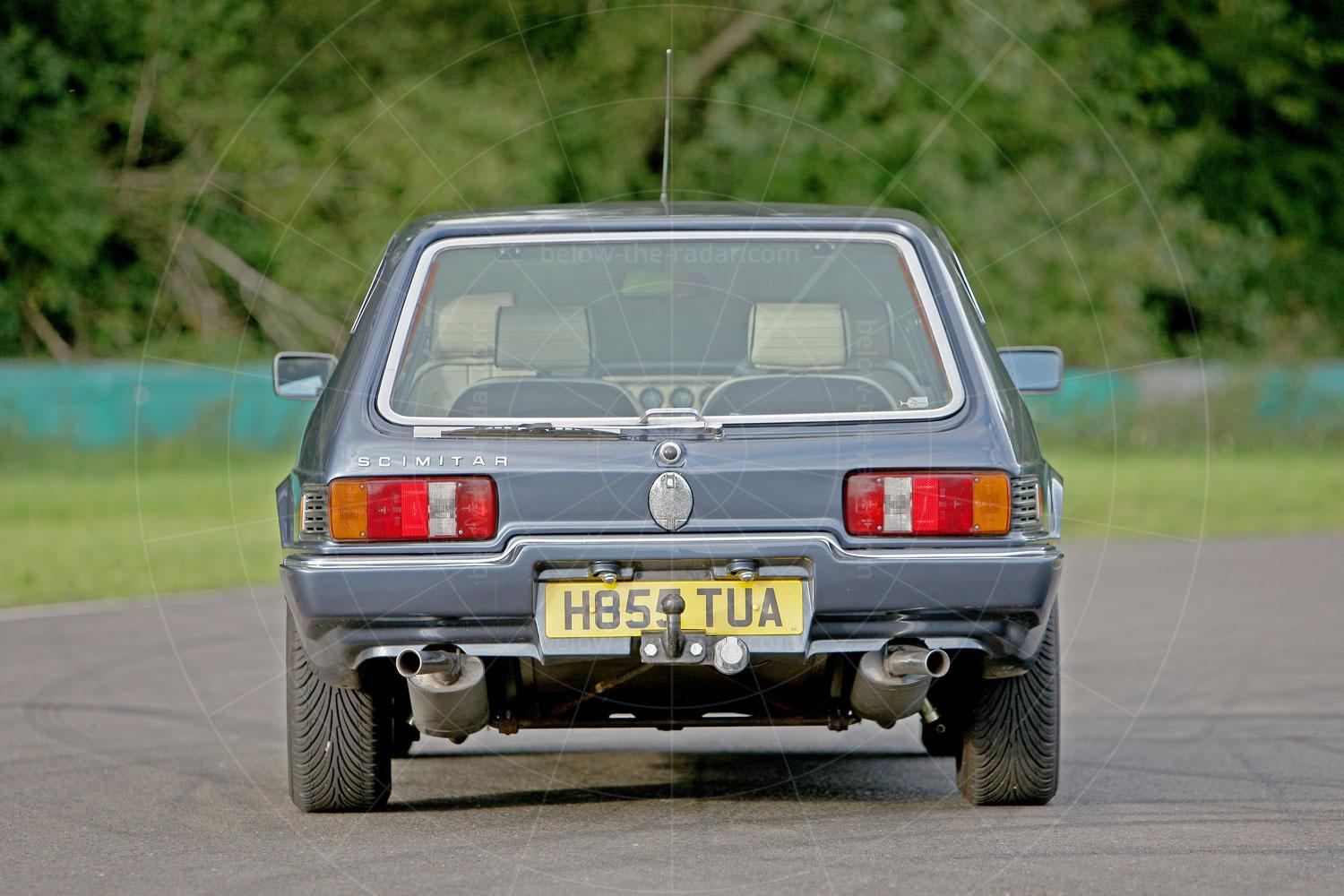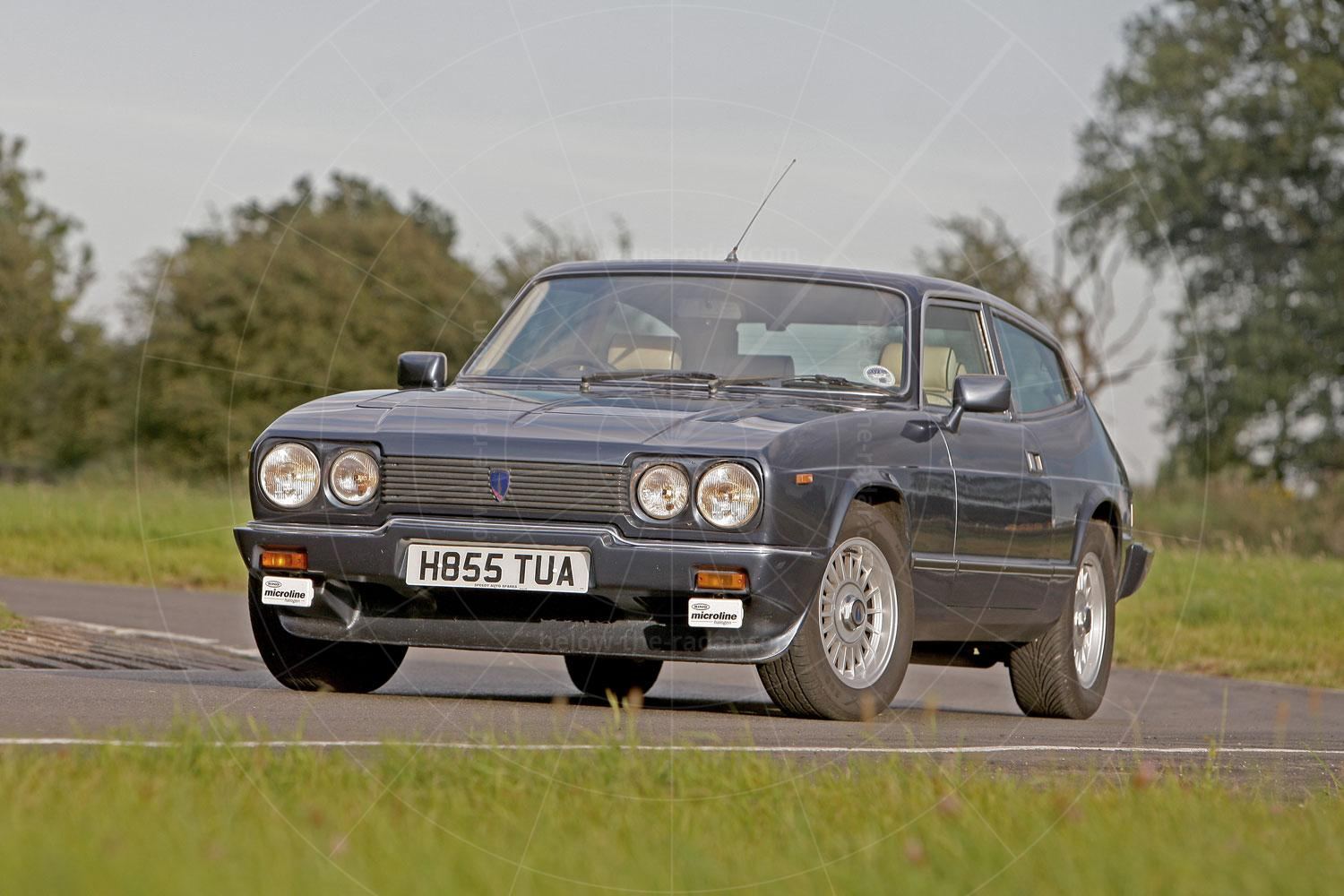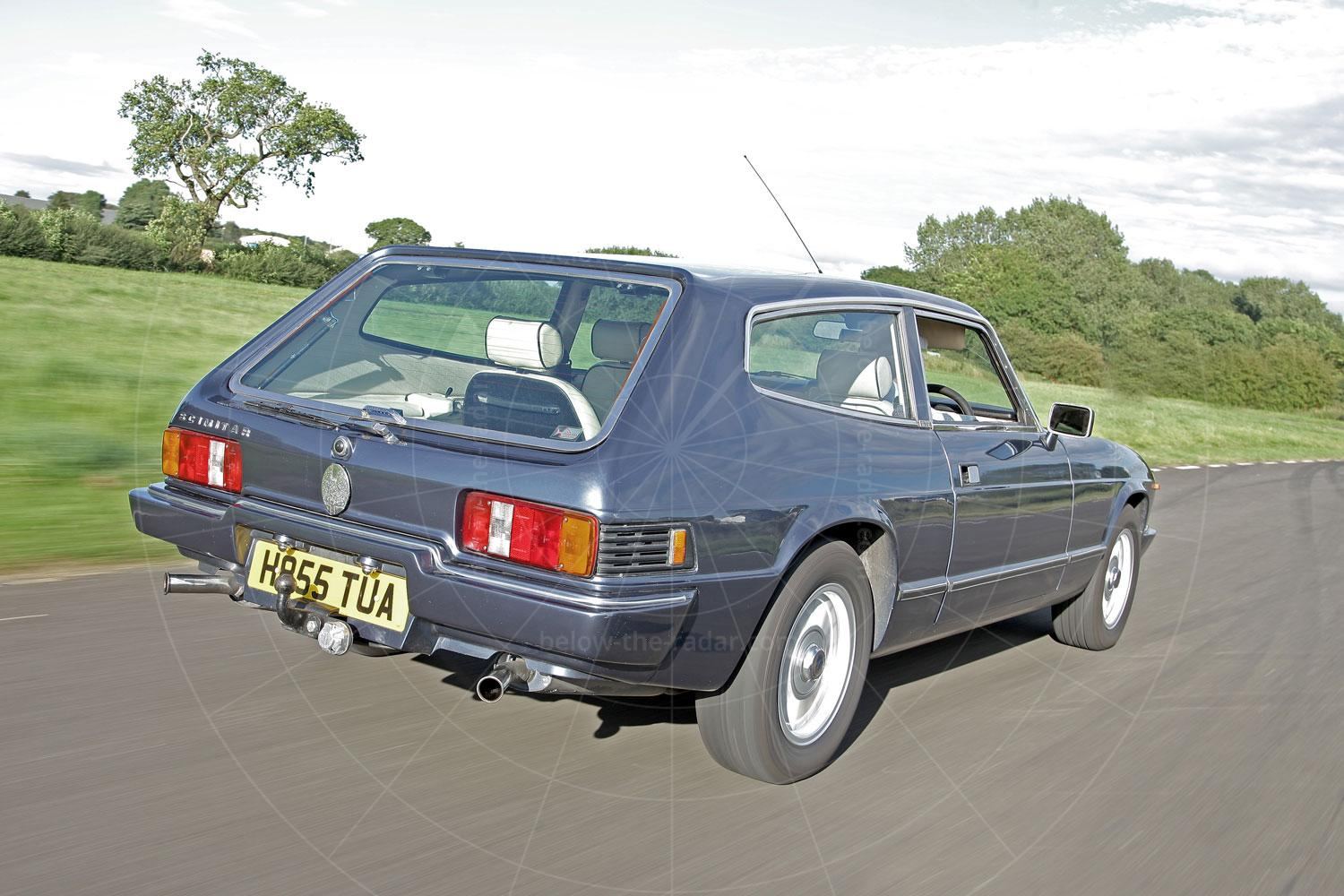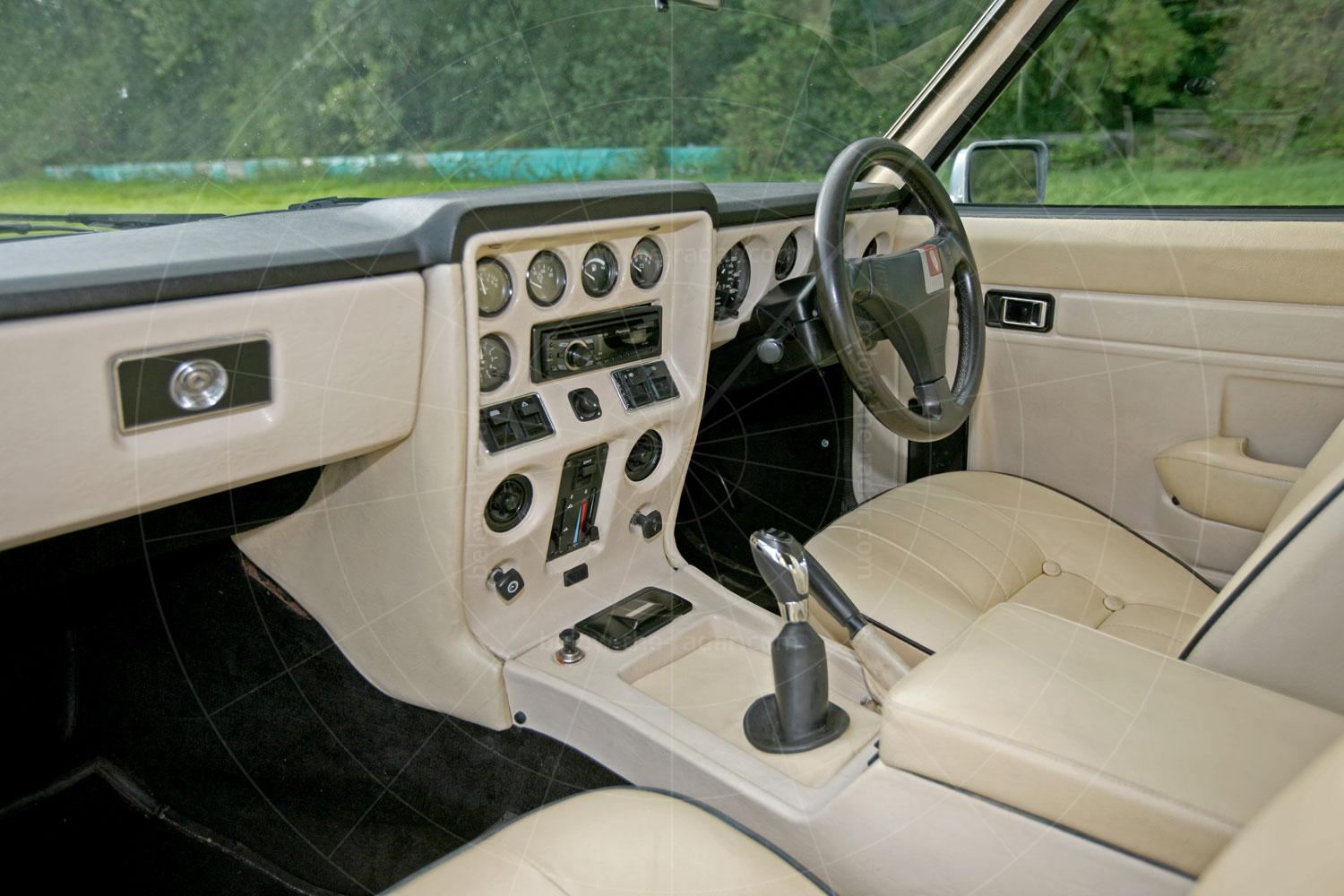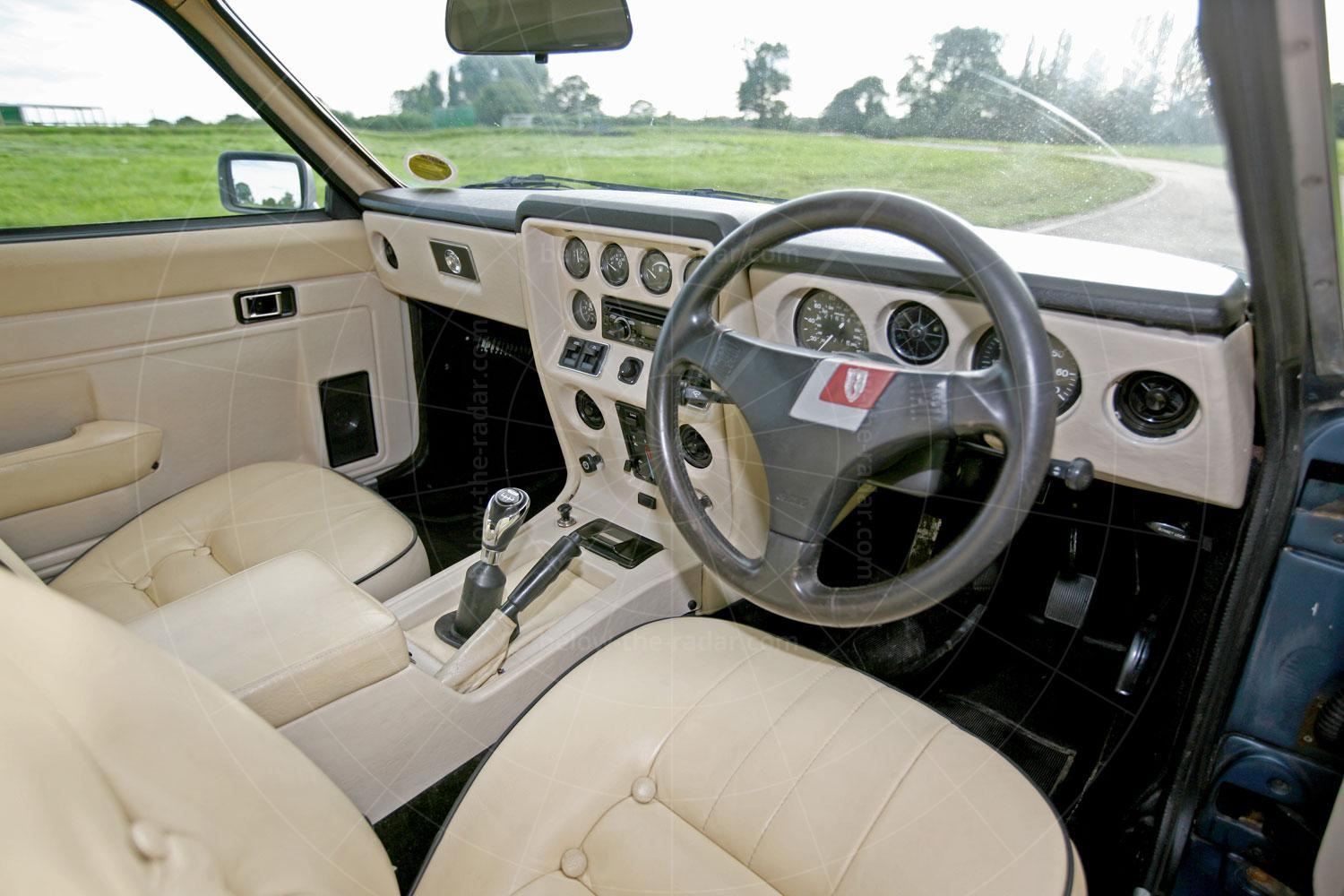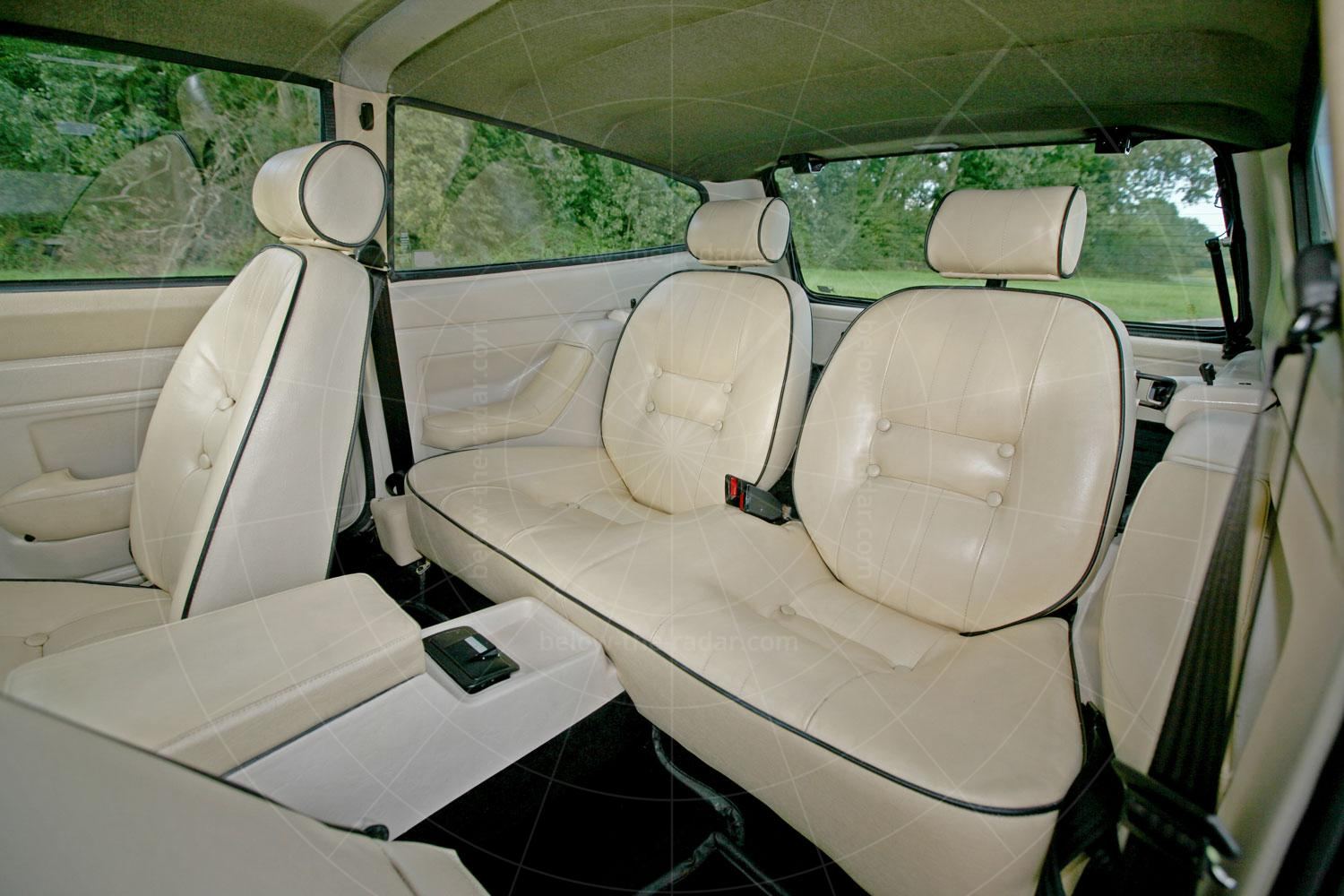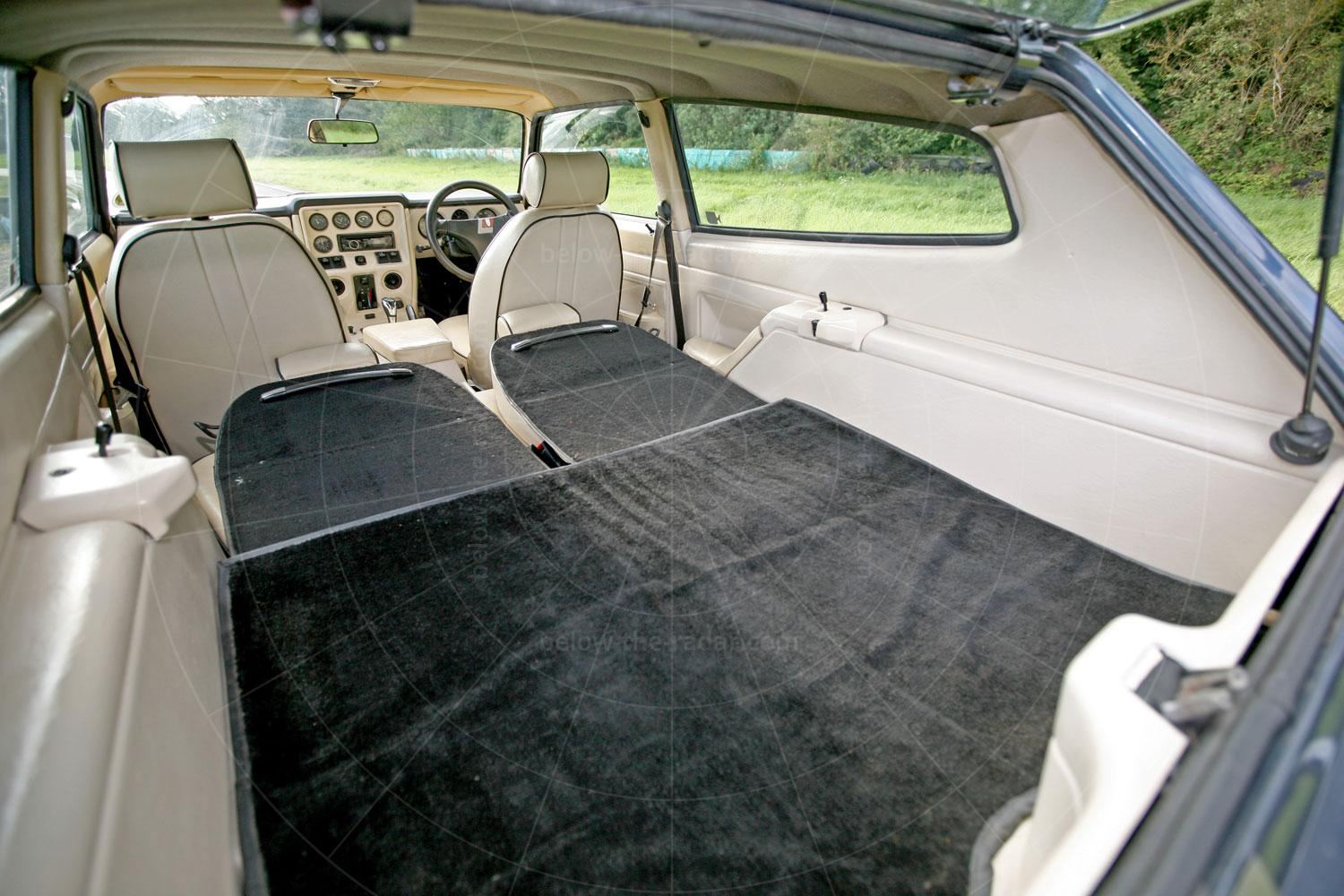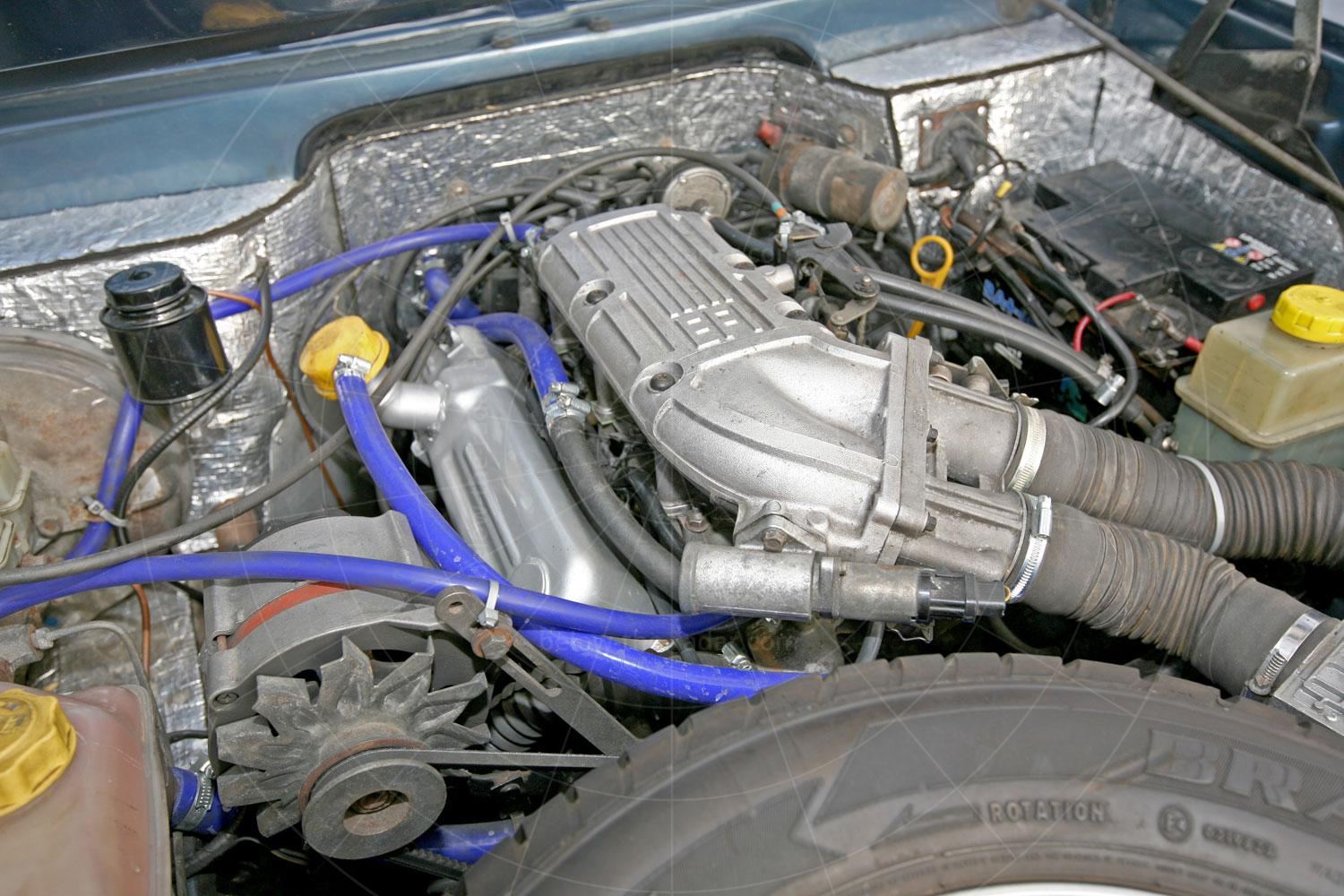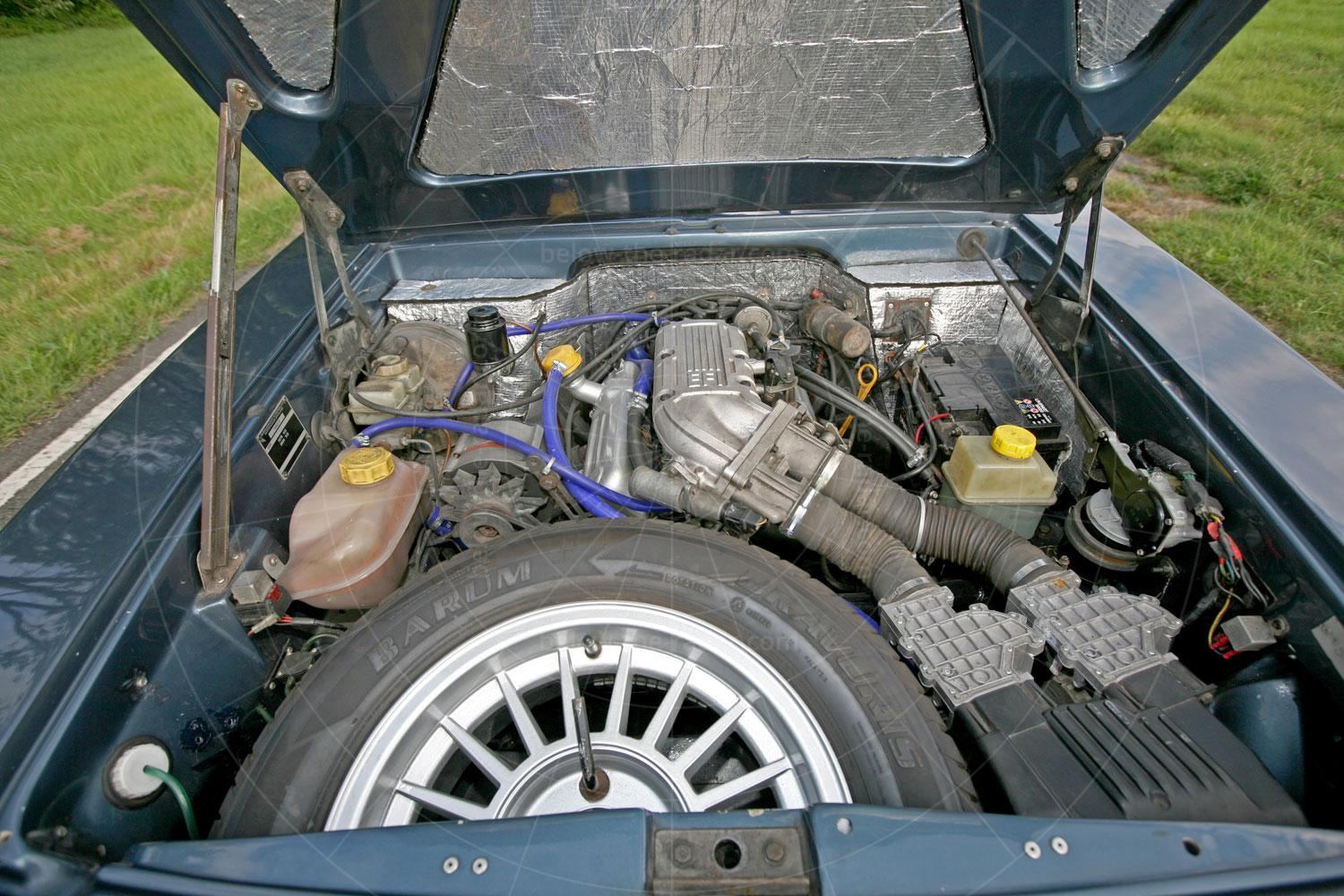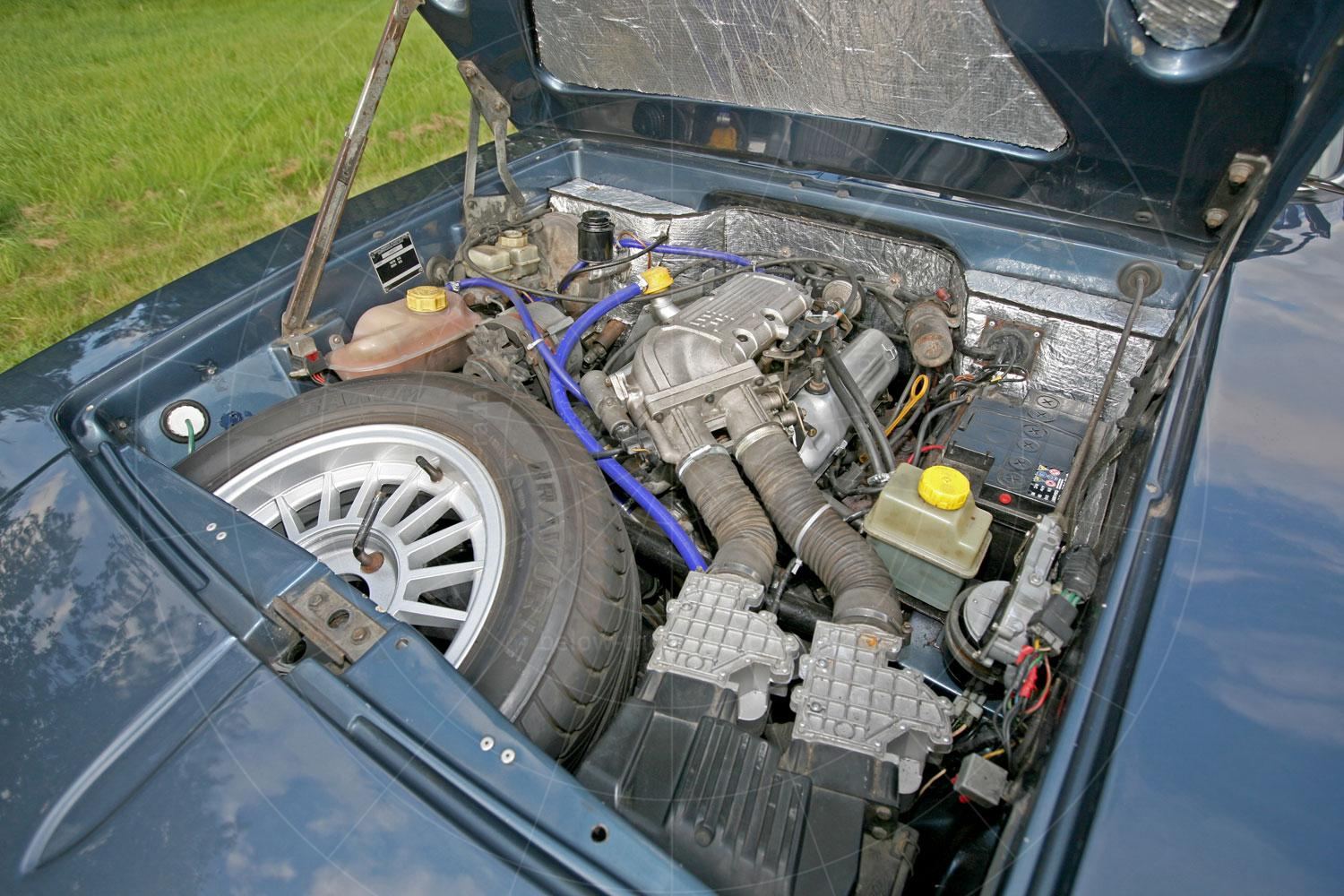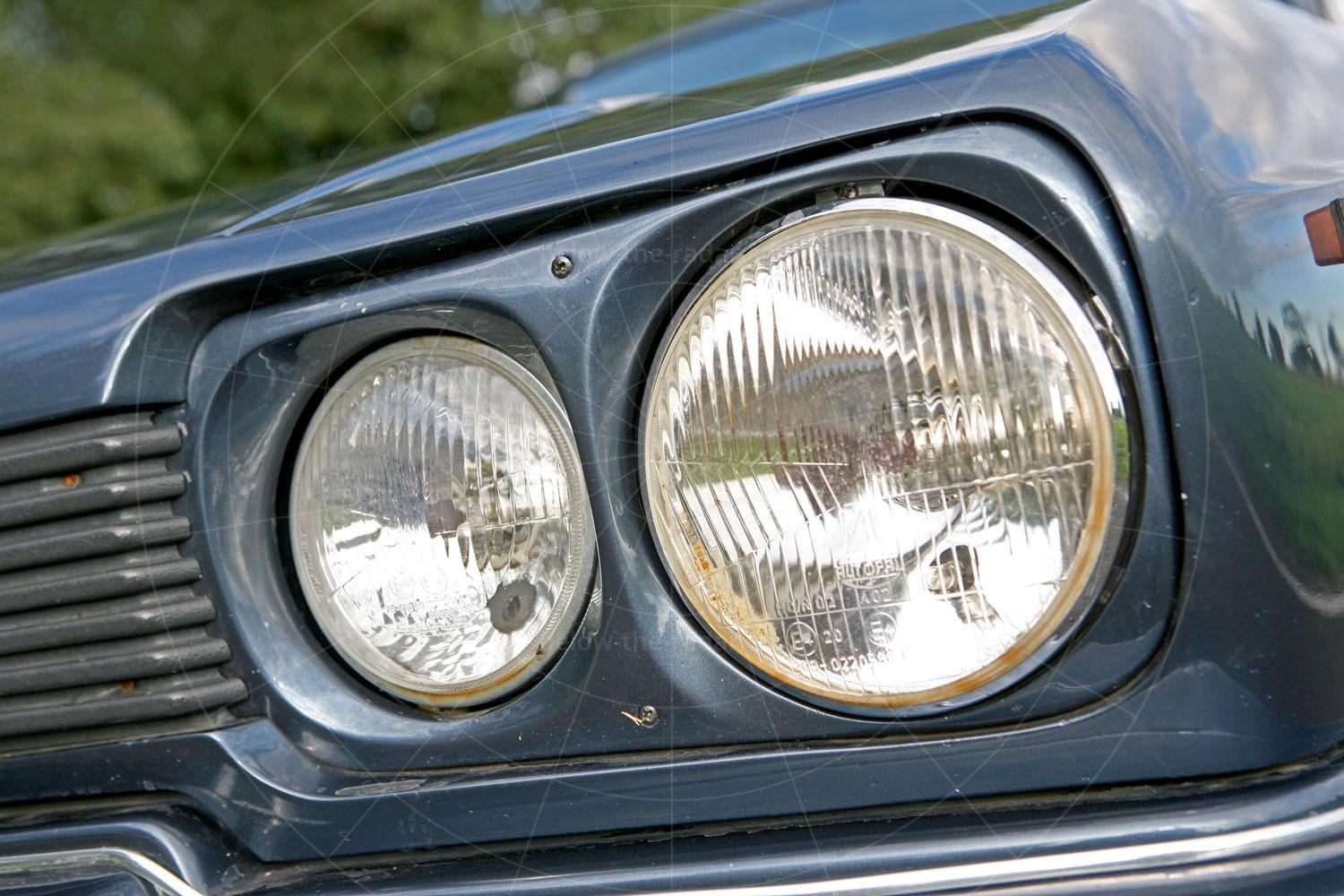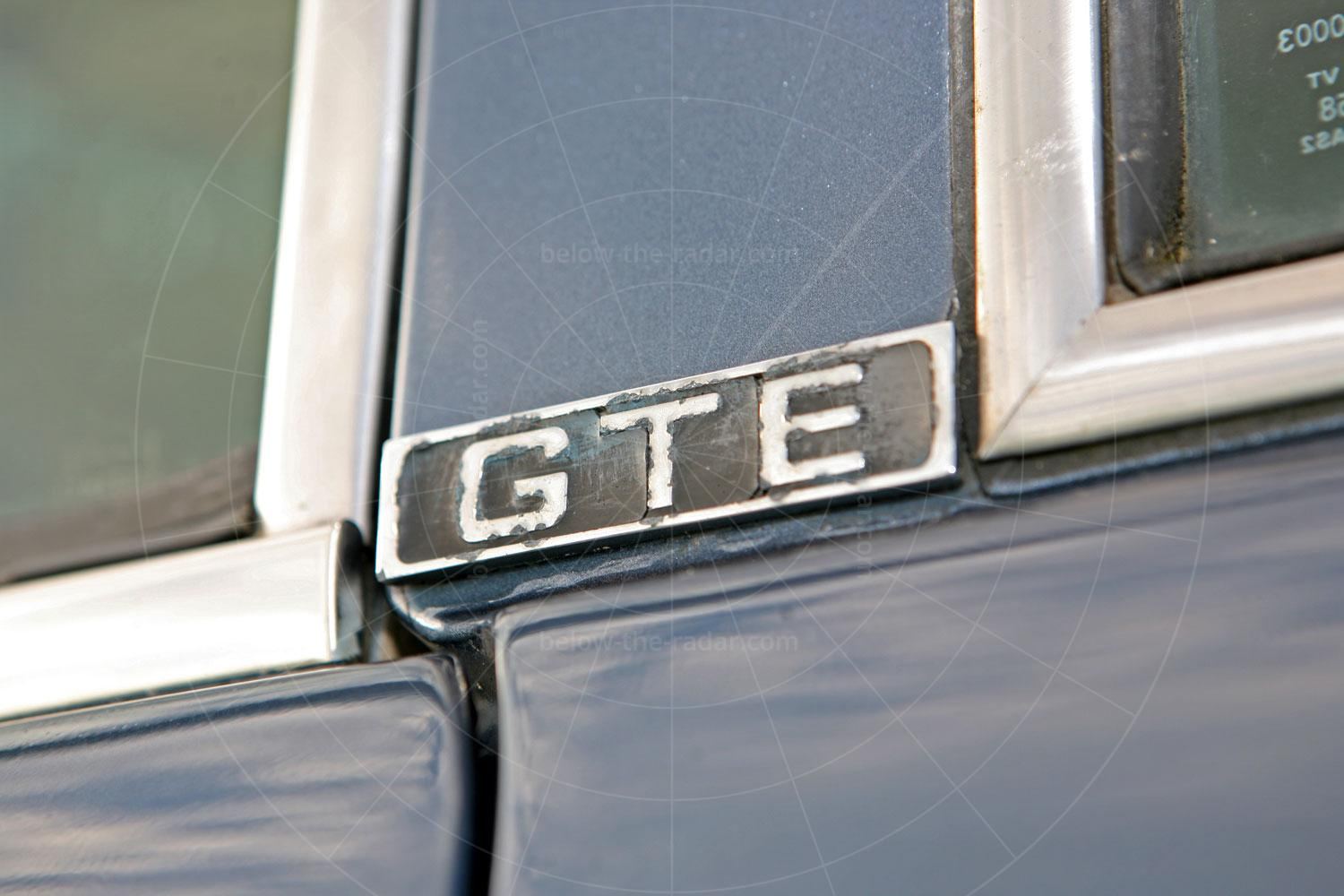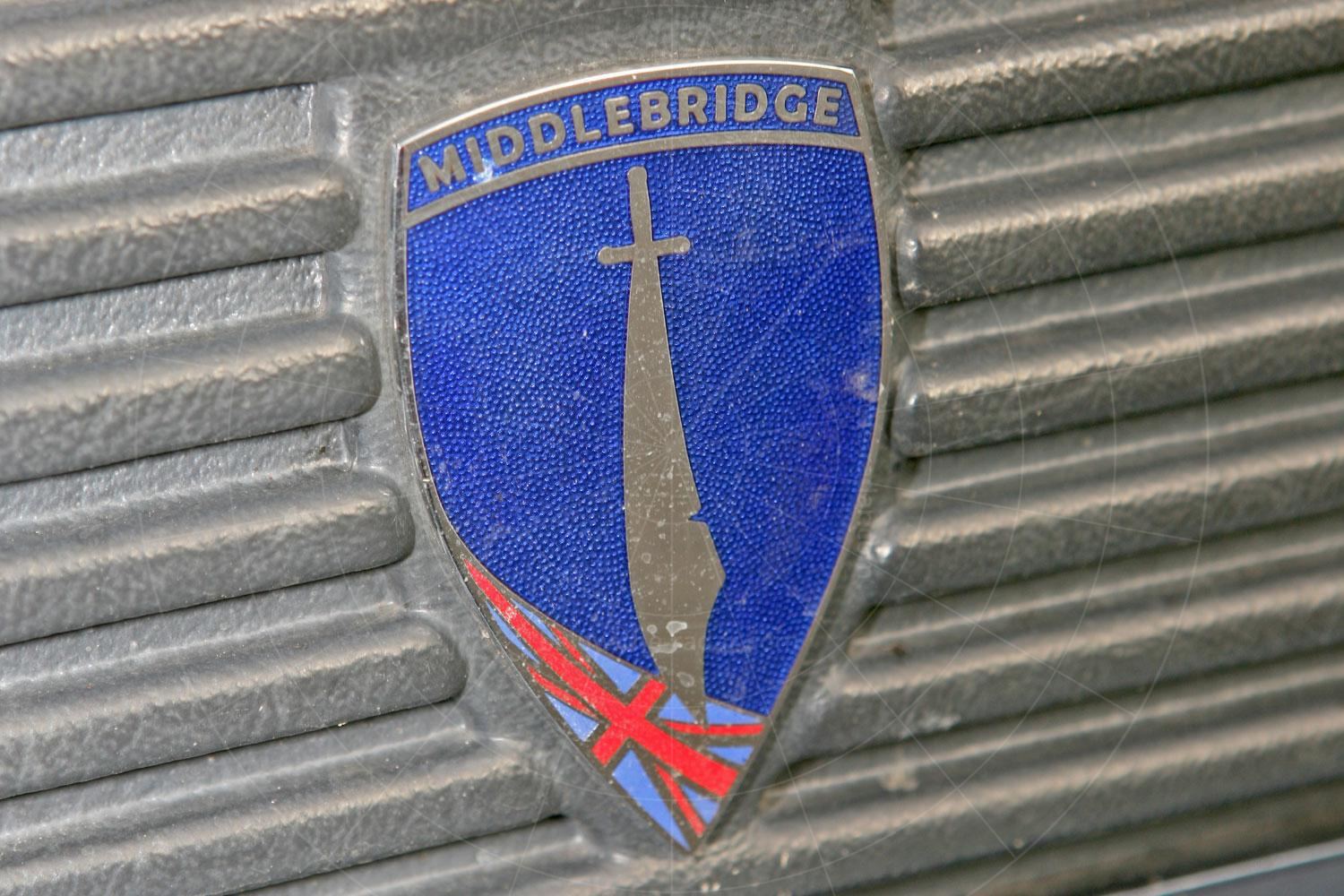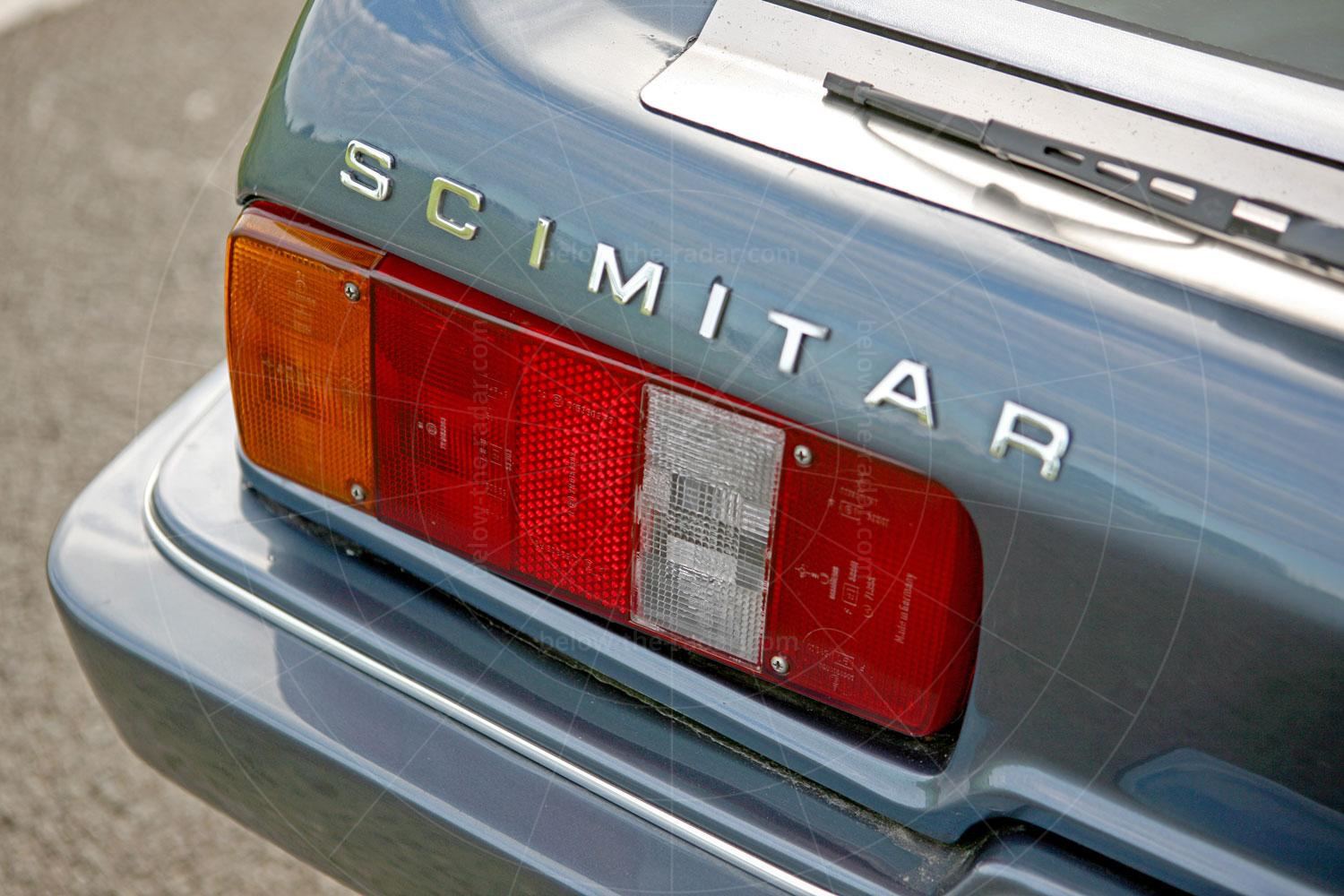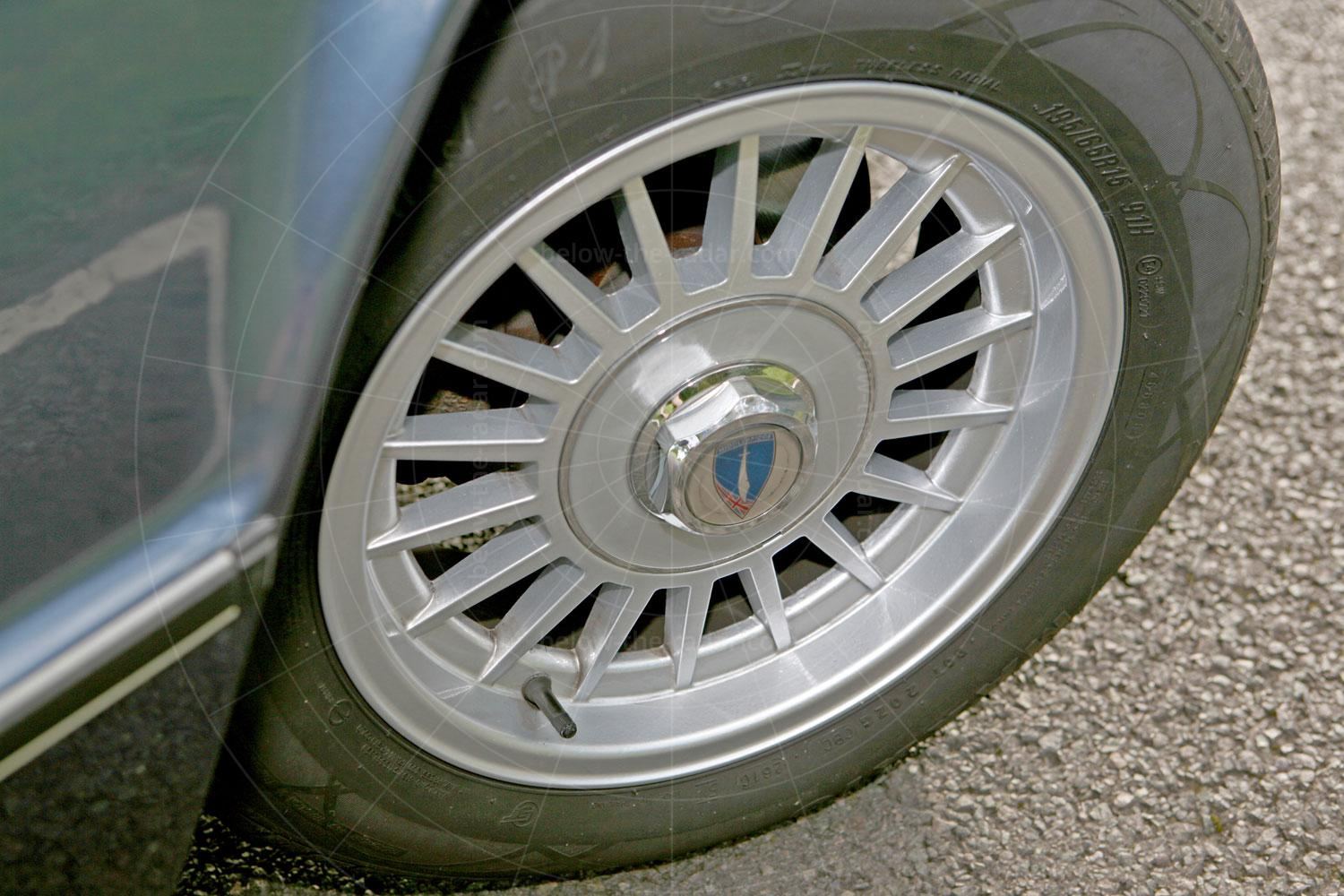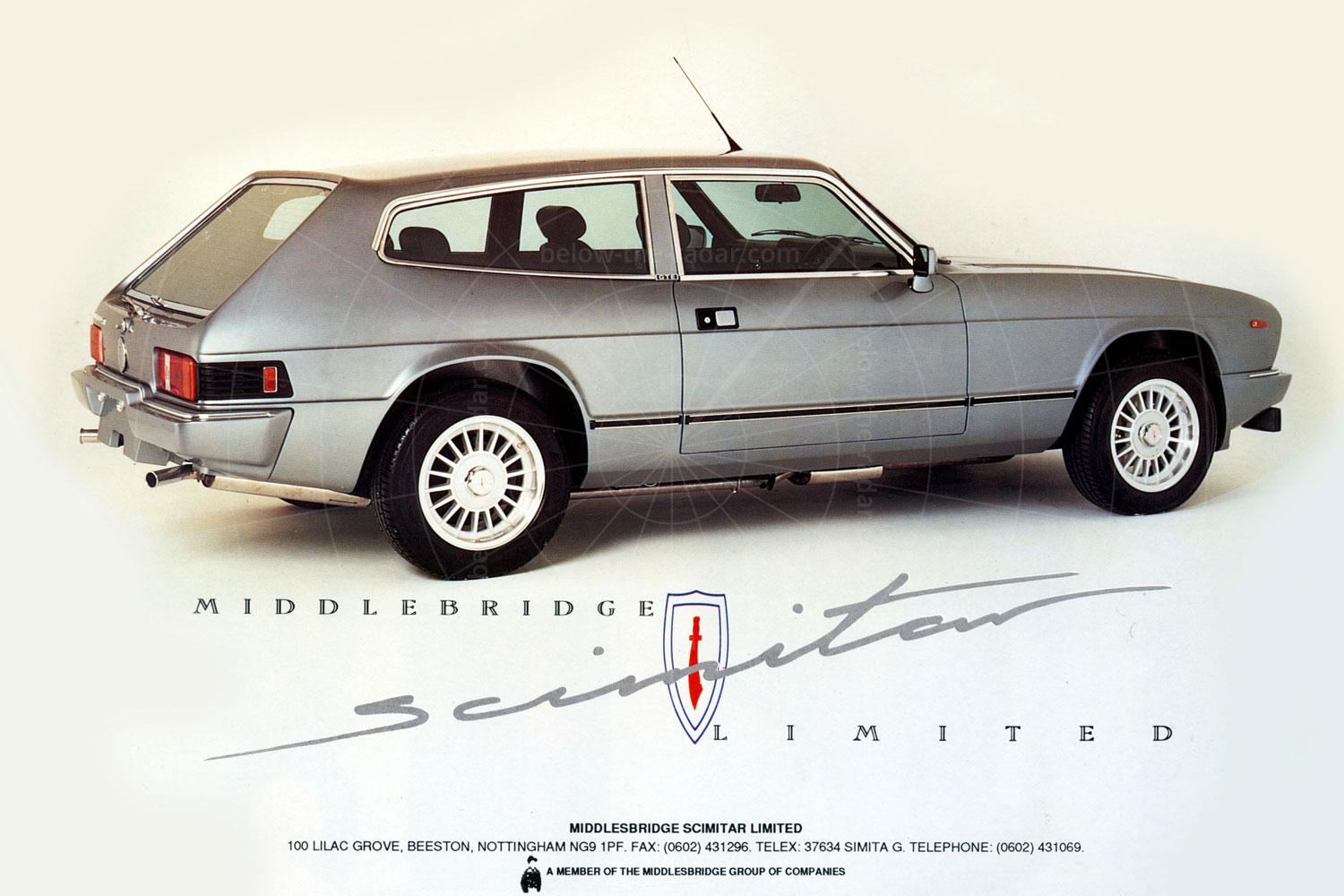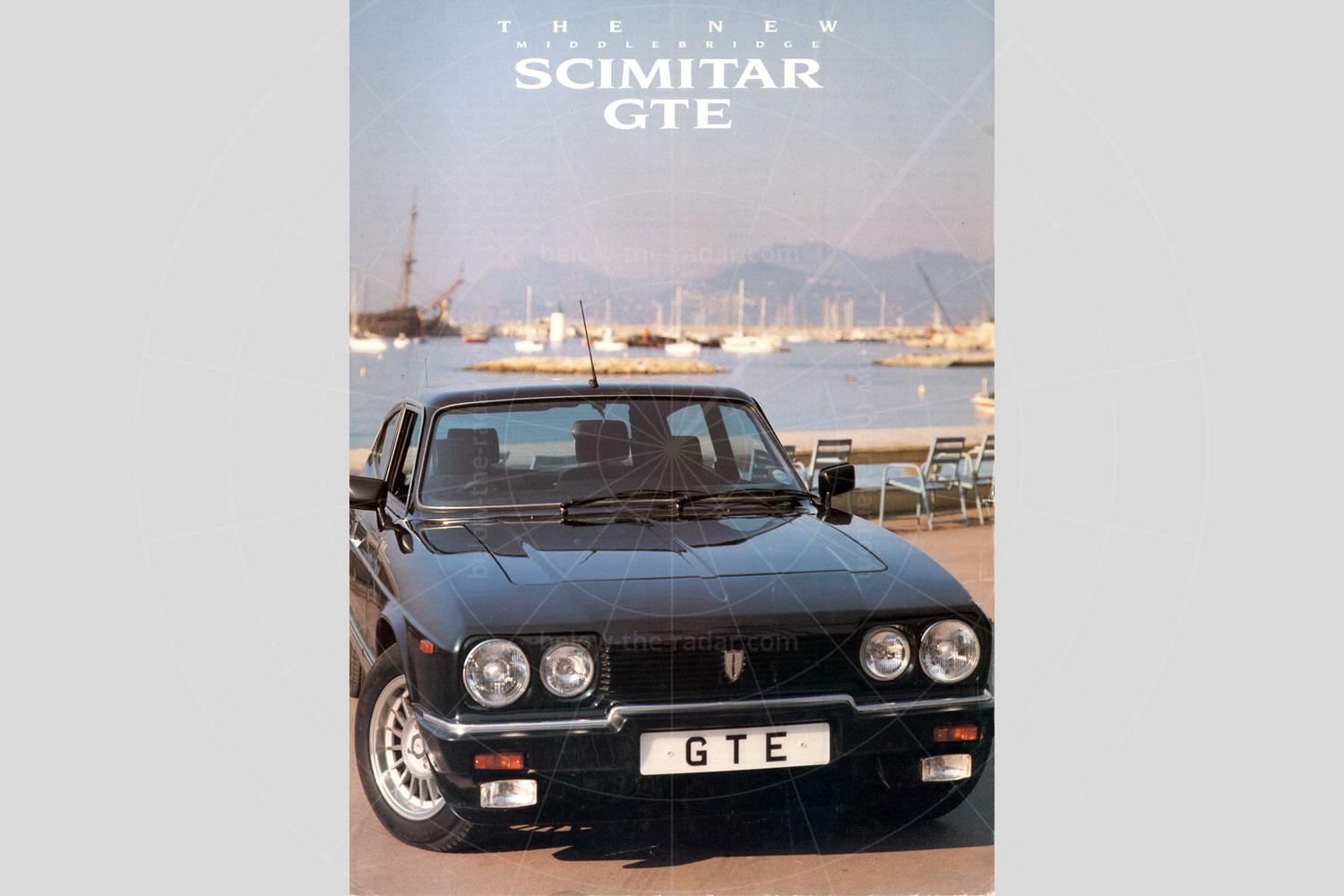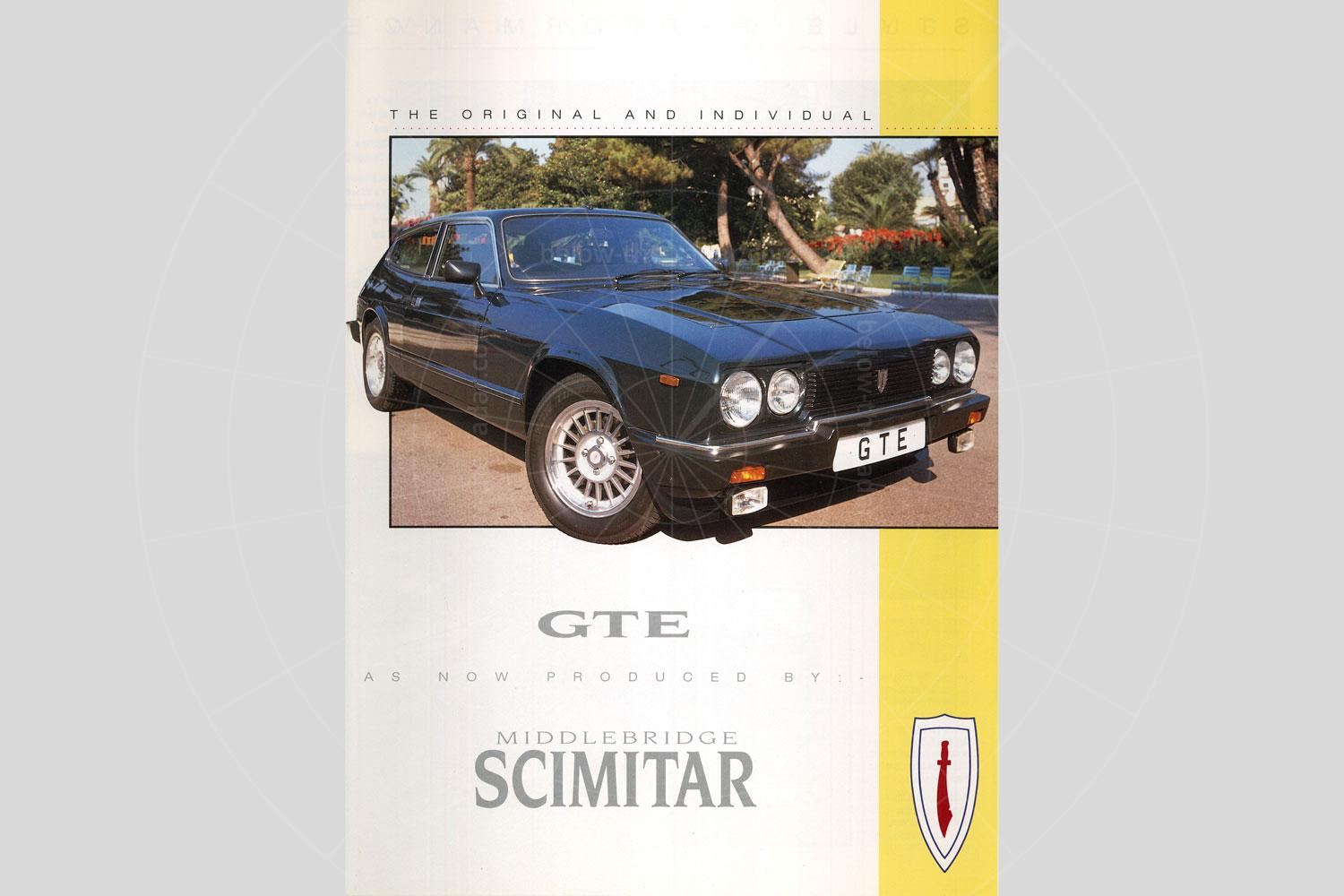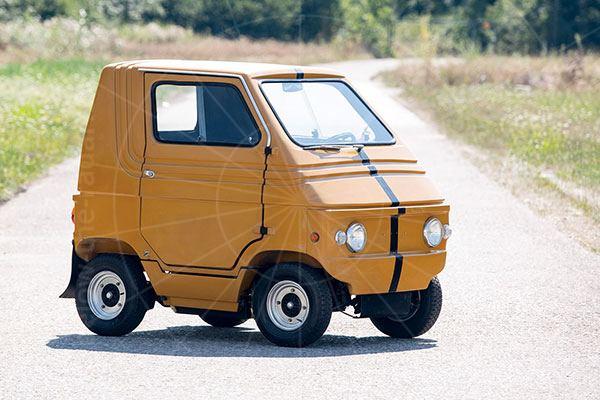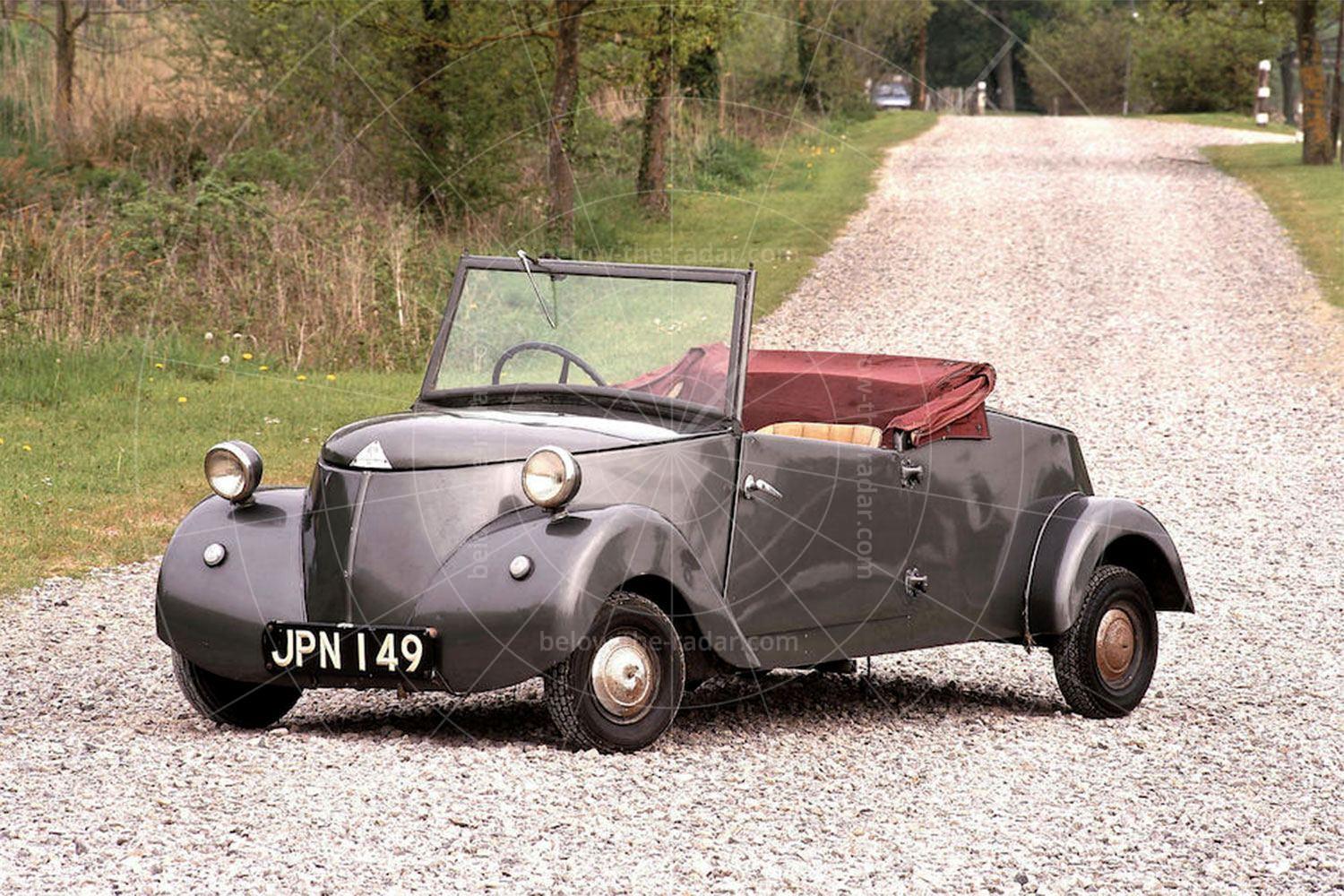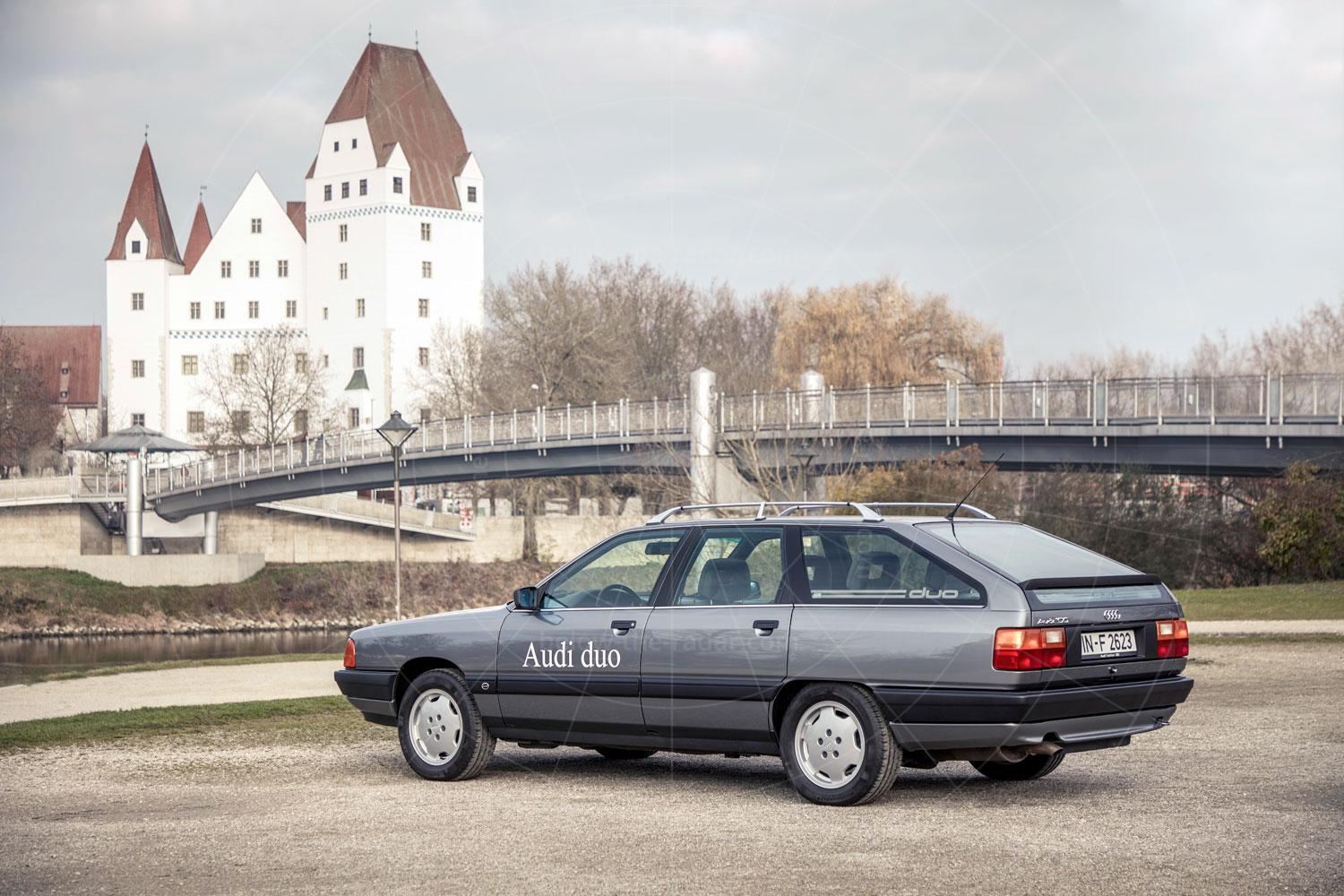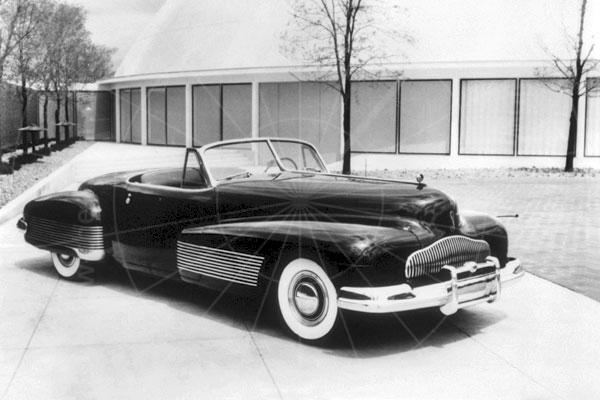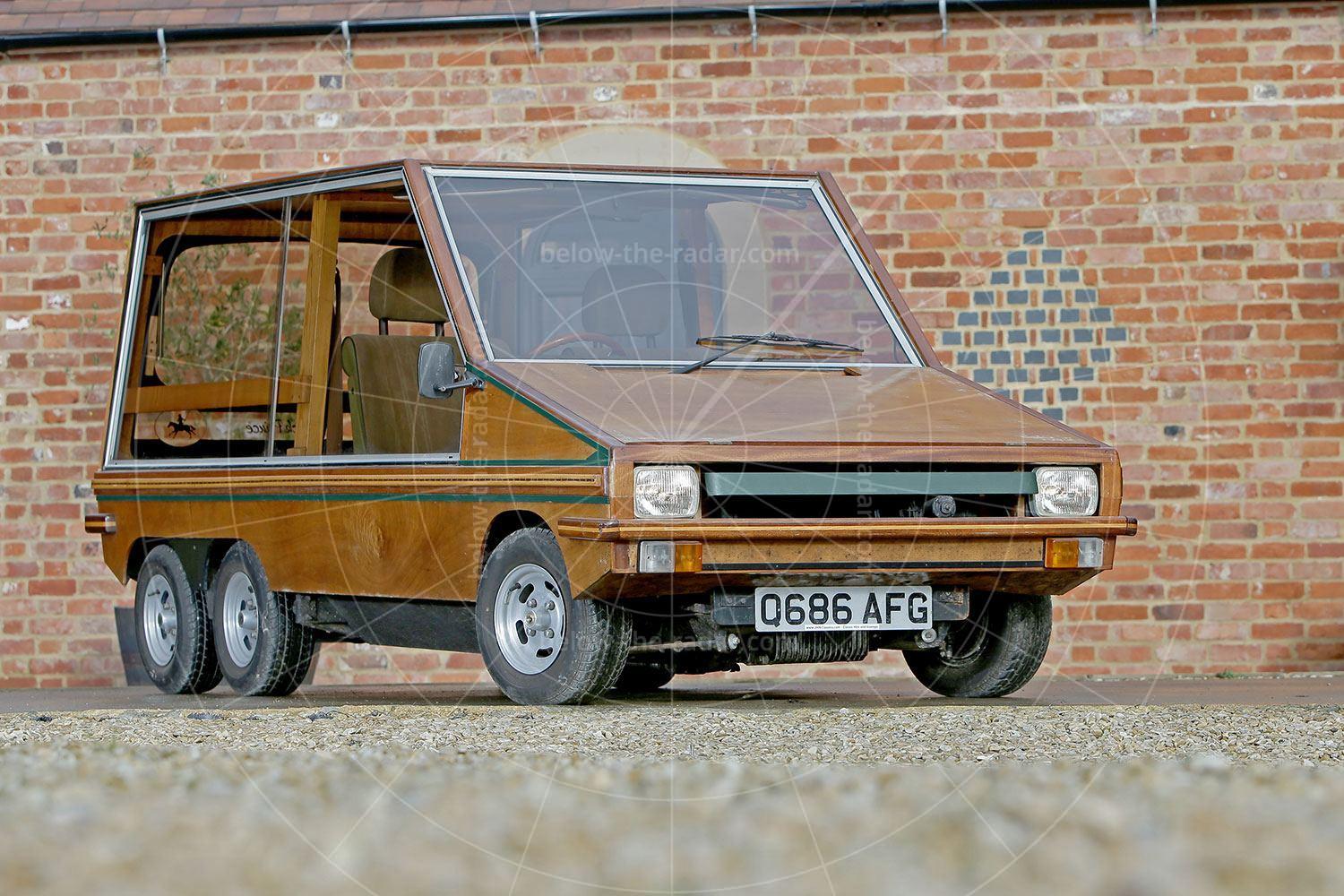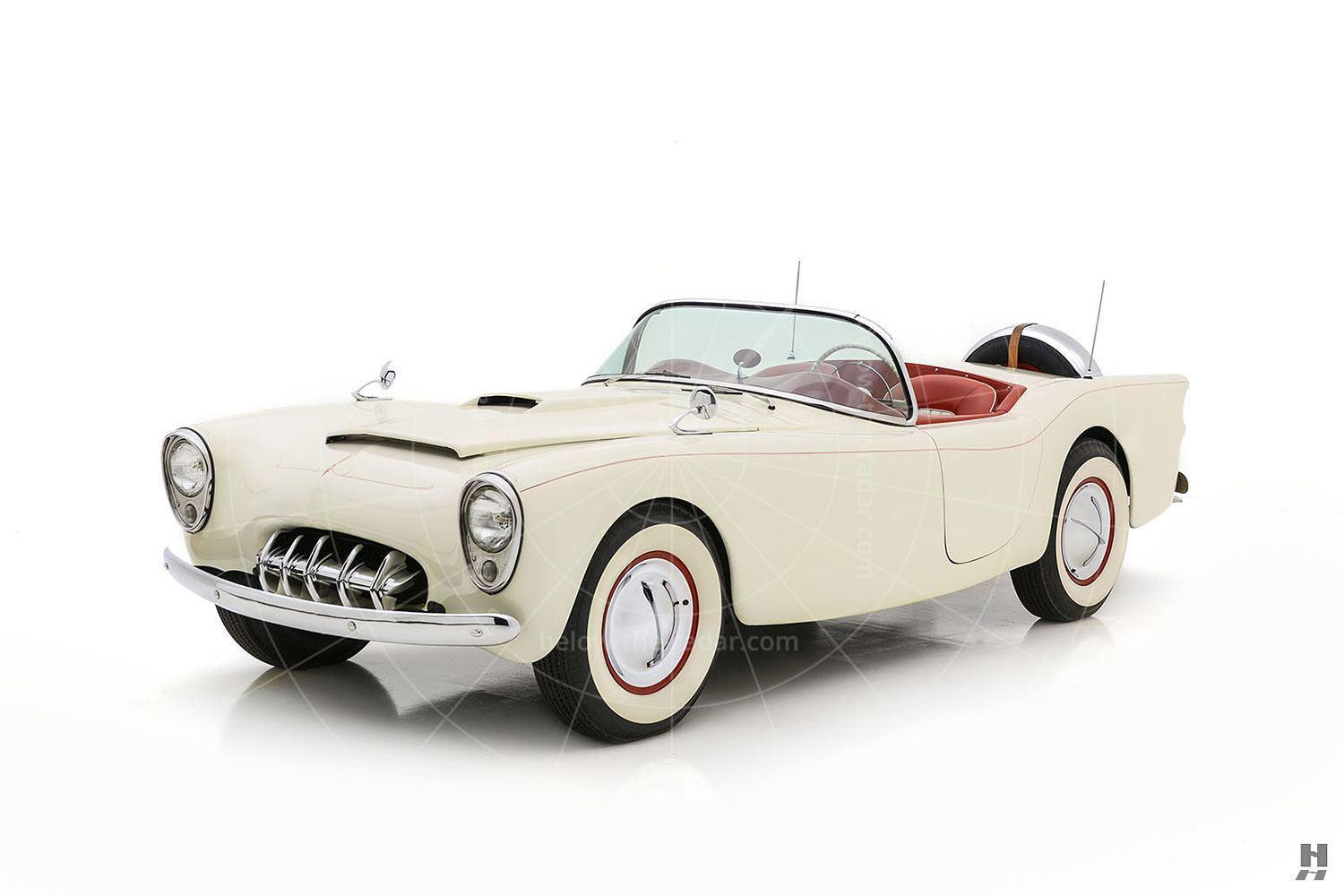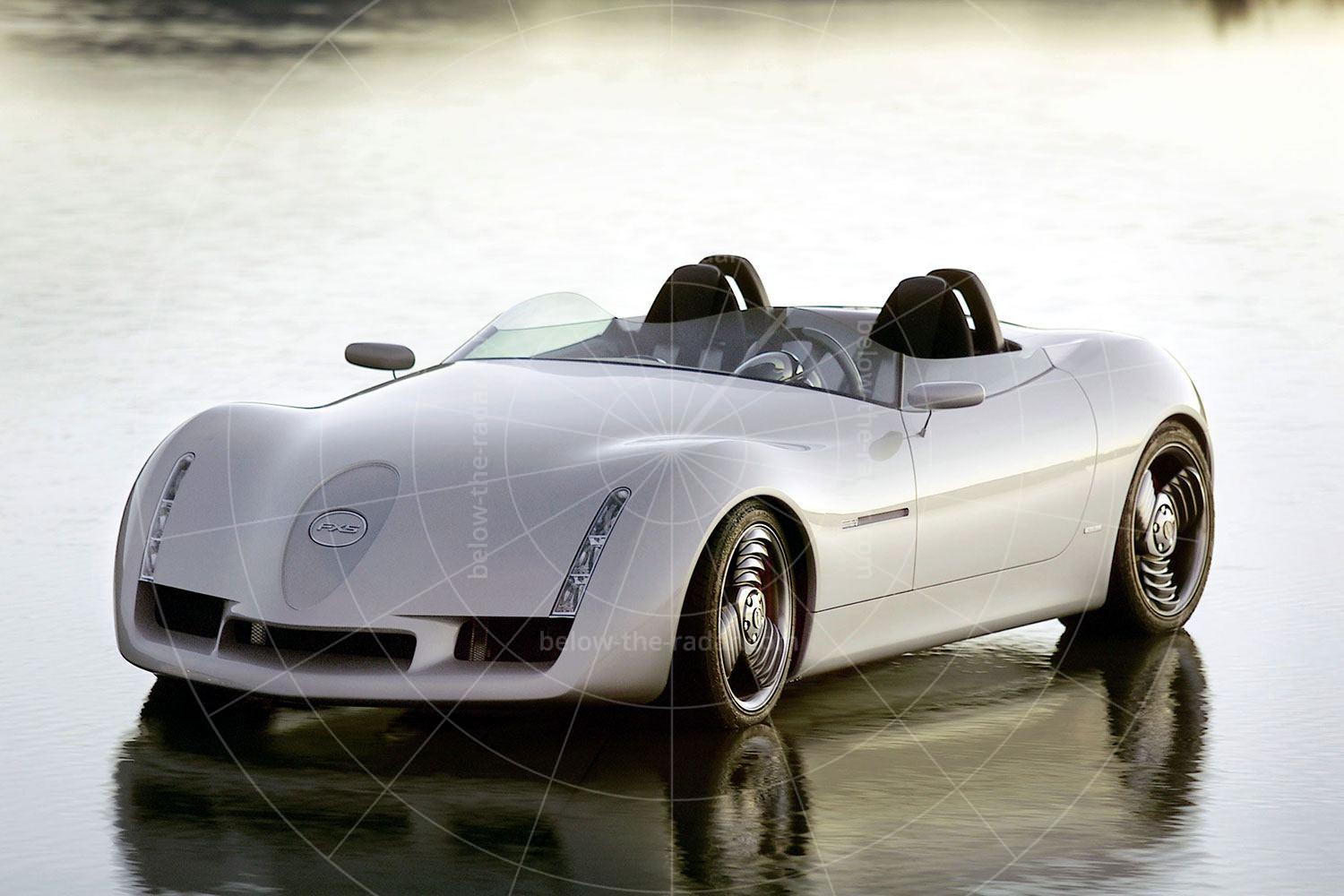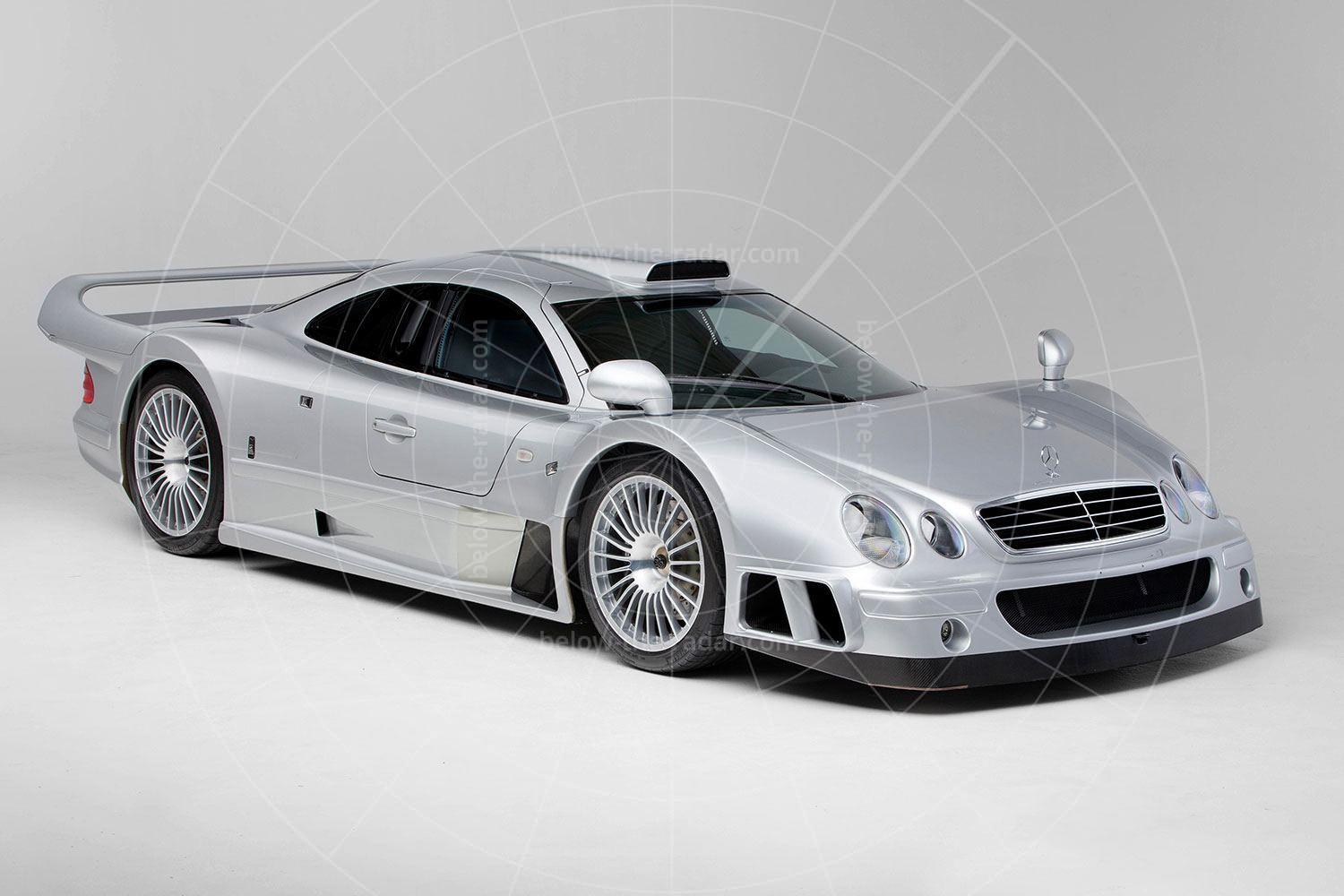When Ogle Design and Pilkington Glass joined forces to create the unique Scimitar GTS for the 1965 Earls Court Motor Show, they could never have imagined what it would lead to. Prince Philip used the car for his personal transport for a couple of years, and that led to his daughter Princess Anne announcing that she rather fancied one of her own. Cue the start of a long-running relationship between her and Reliant, which in 1968 put the car into production as the Scimitar GTE.
Over the next 18 years the Scimitar would be developed, with the original Ford Essex 3.0-litre V6 being swapped for a 2.8-litre fuel-injected Cologne unit. The bodyshell would be updated and so would the interior, while a convertible edition, the GTC, was added to the range in 1980. By the time Reliant finally called time on the Scimitar in 1986, after around 17,000 examples had been sold, Princess Anne had owned no fewer than seven examples (including the last car made), along with an array of Kittens and even a Robin, for use on her estate at Gatcombe Park.
Just when it seemed to be all over for the Scimitar, the project was brought back from the dead by Middlebridge, which paid £400,000 for the rights to put the car back into production. The Middlebridge Group had been formed in December 1986 by Japanese media magnate Kohji Nakauchi, with the aim of going racing. To that end it competed in Formula Ford and F3000 before acquiring the Brabham F1 team in 1990.
It wasn't all about motorsport though, because within the group there was also Middlebridge Engineering, created to restore classic Aston Martins. Nakauchi's next move was to team up with ex-Aston Martin man Dennis Nursey to develop an all-new British-made aluminium-bodied two-seater using Japanese running gear. Before this project truly got going though, Nakauchi was approached by ex-Lucas duo Peter Boam and John McCauley, who were intending to set up a factory in Nottinghamshire to put the Scimitar back into production. They asked Nakauchi if he'd like to fund the project and when the thumbs-up was received, they set about making it happen.
Early in 1987 the tooling and rights were secured from Reliant, and over the next 18 months a revised Scimitar was developed, with a 150bhp 2.9-litre Cologne V6 and five-speed manual gearbox or four-speed auto, recalibrated suspension, new alloy wheels and colour-coded bumpers. There were also new lights front and rear, plus upgraded interior trim. Courtesy of a £1m budget, great attention was paid to raising standards generally, sorting out known issues such as leaks, rattles and paint quality, as well as engine cooling, cabin heating and chassis rustproofing.
The plan was for five cars per week to leave the factory, which packed 39 employees into a space little bigger than a tennis court. The bodyshells and chassis were still made by Reliant, but everything was assembled and finished in Middlebridge's own factory in Beeston. Each bodyshell took 100 hours to prepare for paint, so it was a labour-intensive process, and the £24,633 cost of the car wasn't sufficient for Middlebridge to make a profit. It didn't help that at the time, the best original Reliant Scimitar GTEs were worth about a third of that cost.
When Middlebridge's factory was opened by Princess Anne in October 1988, she immediately placed her order for car number three (which was delivered late…). This was her eighth Scimitar and her plan was to take it to 25,000 miles before ordering car number nine. But by spring 1990 the cracks were already beginning to show. Production was running at just one or two cars per week, all of which were right-hand drive; the plan was to offer left-hand drive and also an updated Scimitar GTC to boost sales, which would produce enough revenue to develop and build that aluminium-bodied two-seater dreamed up a few years earlier. But it wasn't to be, and by September 1990 Middlebridge had gone bust.
Lead headline in the press on 23 November was the resigantion the previous day of Margaret Thatcher, but on the same day came the end for Middlebridge, whose assets were sold off in an eight-hour marathon of 774 lots. Those included five unfinished cars (taking the tally of Middlebridge Scimitars to 77) which raised between £12,100 and £17,400 apiece, along with the jigs and moulds to produce the Scimitar. The production rights were included in this lot, for which Middlebridge had paid £400k not long before. This time they were snapped up by Scimitar specialist Graham Walker who paid £31,500. There were hopes that he might have made his own attempt to sell new Scimitars in limited numbers, but there's been no word yet, so it probably ain't gonna happen.

